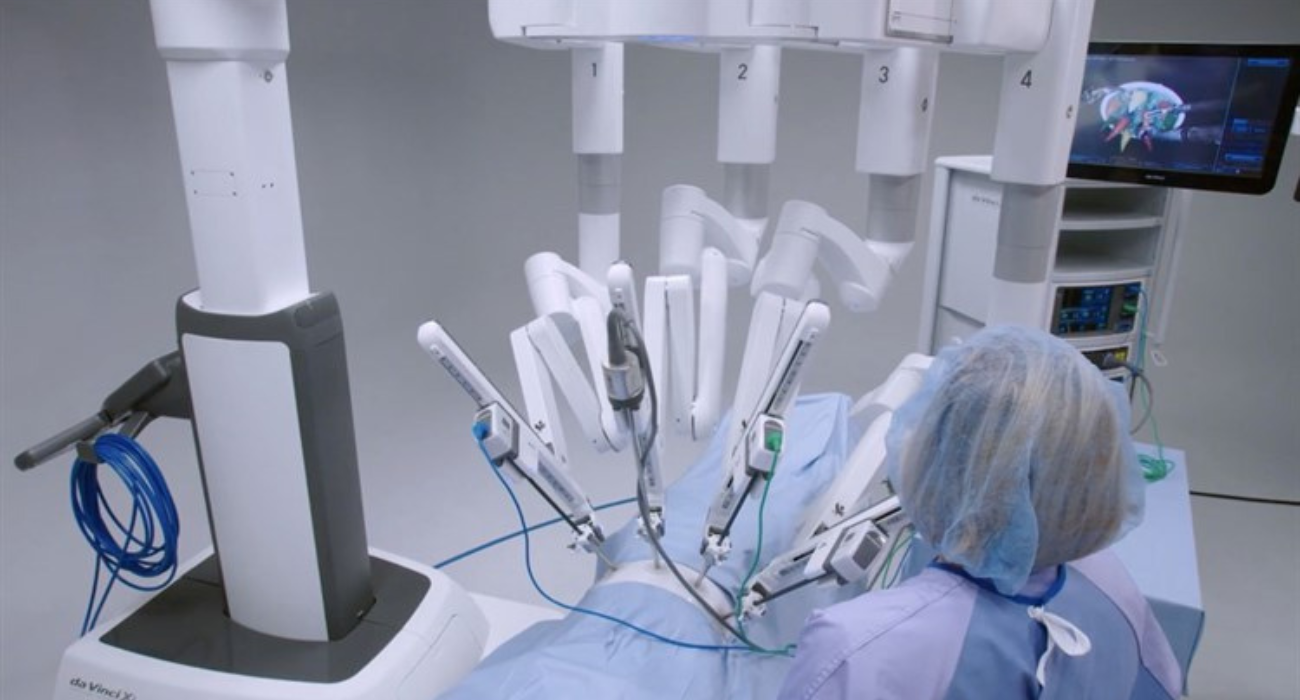Robotic thoracic surgery has revolutionized the landscape of thoracic procedures, offering enhanced precision and reduced invasiveness. Central to the success of these surgeries is the unwavering commitment to safety.
Precise Preoperative Planning
Safety begins with meticulous preoperative planning, where a patient's medical history and imaging studies are thoroughly evaluated. This allows surgeons to tailor the procedure to individual needs and minimize potential risks.
Minimally Invasive Approach
Robotic thoracic surgery's minimally invasive nature translates to smaller incisions, reduced blood loss, and quicker recovery times. This approach minimizes postoperative discomfort and the risk of complications.
Multidisciplinary Expertise
Collaboration among a team of specialists, including surgeons, anesthesiologists, and nurses, ensures comprehensive patient care. Their collective expertise contributes to the safety of the procedure.
Real-time Visualization
High-definition 3D visualization provides surgeons with real-time insights, enabling them to navigate intricacies with precision. This minimizes the risk of errors during the procedure.
Reduced Hospital Stay
The combination of minimally invasive techniques and robotic assistance often leads to shorter hospital stays, reducing the risk of hospital-acquired infections and promoting a faster recovery.
Postoperative Monitoring and Care
After surgery, close monitoring and personalized postoperative care plans ensure any potential complications are promptly addressed, promoting a smooth recovery process.
Conclusion
In conclusion, safety takes center stage in robotic thoracic surgery. The fusion of advanced technology, expert collaboration, and a patient-centric approach guarantees optimal outcomes while minimizing risks. With robotic assistance, surgeons navigate complexities with precision, ultimately ensuring the highest levels of safety for patients undergoing thoracic procedures.

